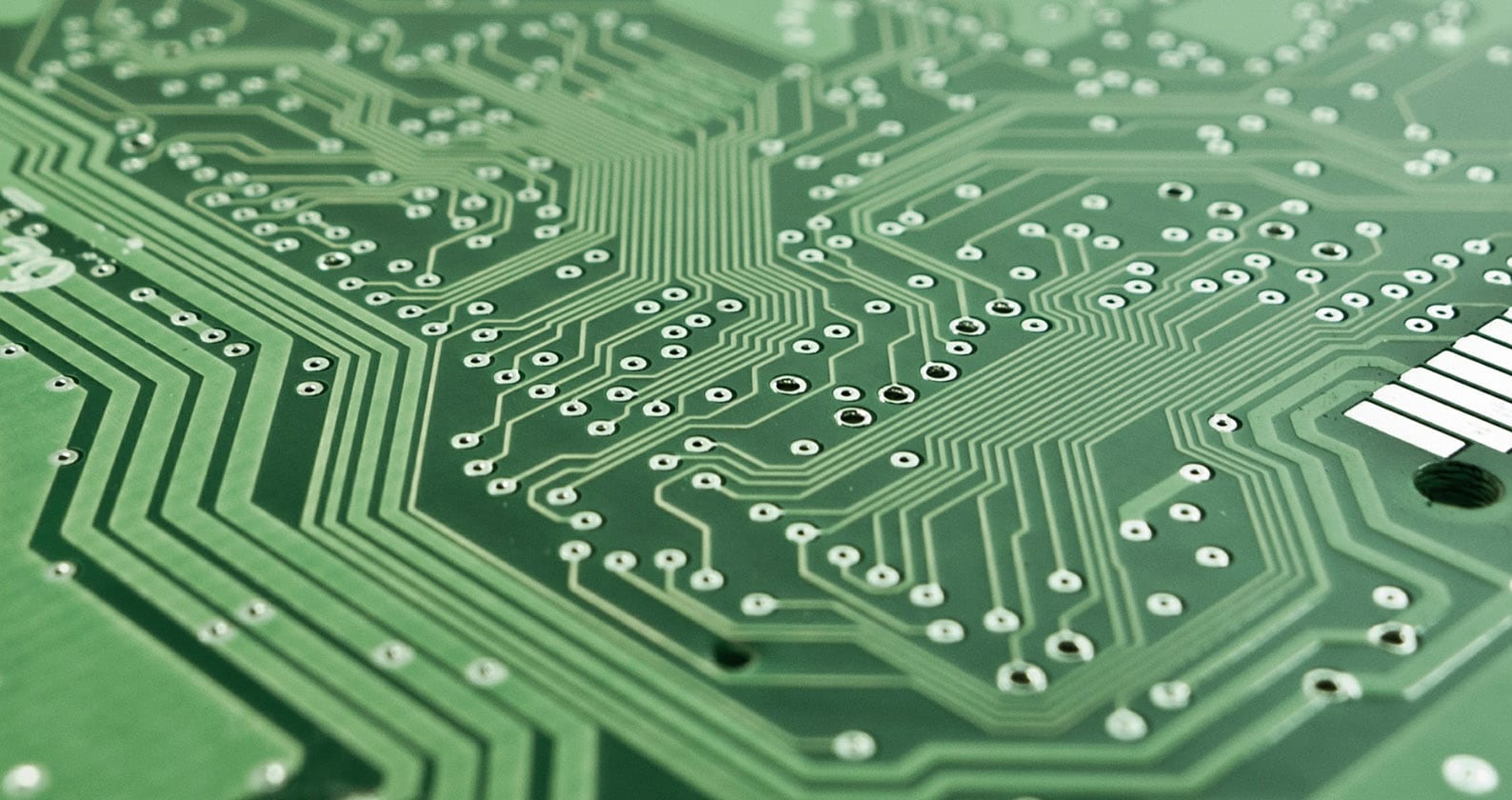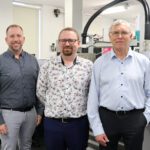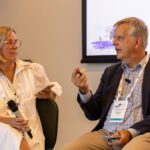A team of Curtin University researchers has taken an important step towards developing miniature ‘self-powered’ electronics, which could potentially be used in devices such as medical implants or pacemakers where batteries may be difficult to recharge.
Published in the Journal Nano Energy, the research team was able to create a miniature, biocompatible, continuous source of direct-current electricity, by making small sliding movements with a piece of metal on a concave silicon surface.
Lead researcher PhD candidate Stuart Ferrie, from the School of Molecular and Life Sciences at Curtin University, said small, wireless devices require direct-current supply and re-charging them with a battery is the only practical solution.
“’Self-powered’ electronics would offer a potential solution when it is difficult to replace or recharge a battery, such as in life-critical medical implants, pacemakers, or GPS tracking devices used in animals,” Mr Ferrie said.
“Our research team was able to show that the mechanical vibrations and friction created from sliding a piece of metal on the silicon surface could be converted into continuous direct electrical current.
“This is a significant step towards developing miniature devices that are able to ‘self-power’, without needing to be plugged into an electrical socket or recharged by solar panels.”
Co-author Dr Simone Ciampi, also from Curtin’s School of Molecular and Life Sciences, said the research findings have important implications for the electronics industry, as well as the medical and environmental industries.
“Creating autonomous power supplies is the way of the future and will have significant benefits for a range of different industries that currently rely on batteries or solar panels for recharging,” Dr Ciampi said.
“The full spectrum of creating these types of ‘self-powered’ electronics is still relatively unclear and further research and testing is needed, but this work provides explicit evidence that it is possible to create a continuous source of direct-current electricity.”
The research was co-authored by Dr Nadim Darwish from Curtin University and Professor J. Justin Gooding from The University of New South Wales.
The research titled, ‘Harnessing silicon facet-dependent conductivity to enhance the direct-current produced by a sliding Schottky diode triboelectric nanogenerator,’ can be found online here.



